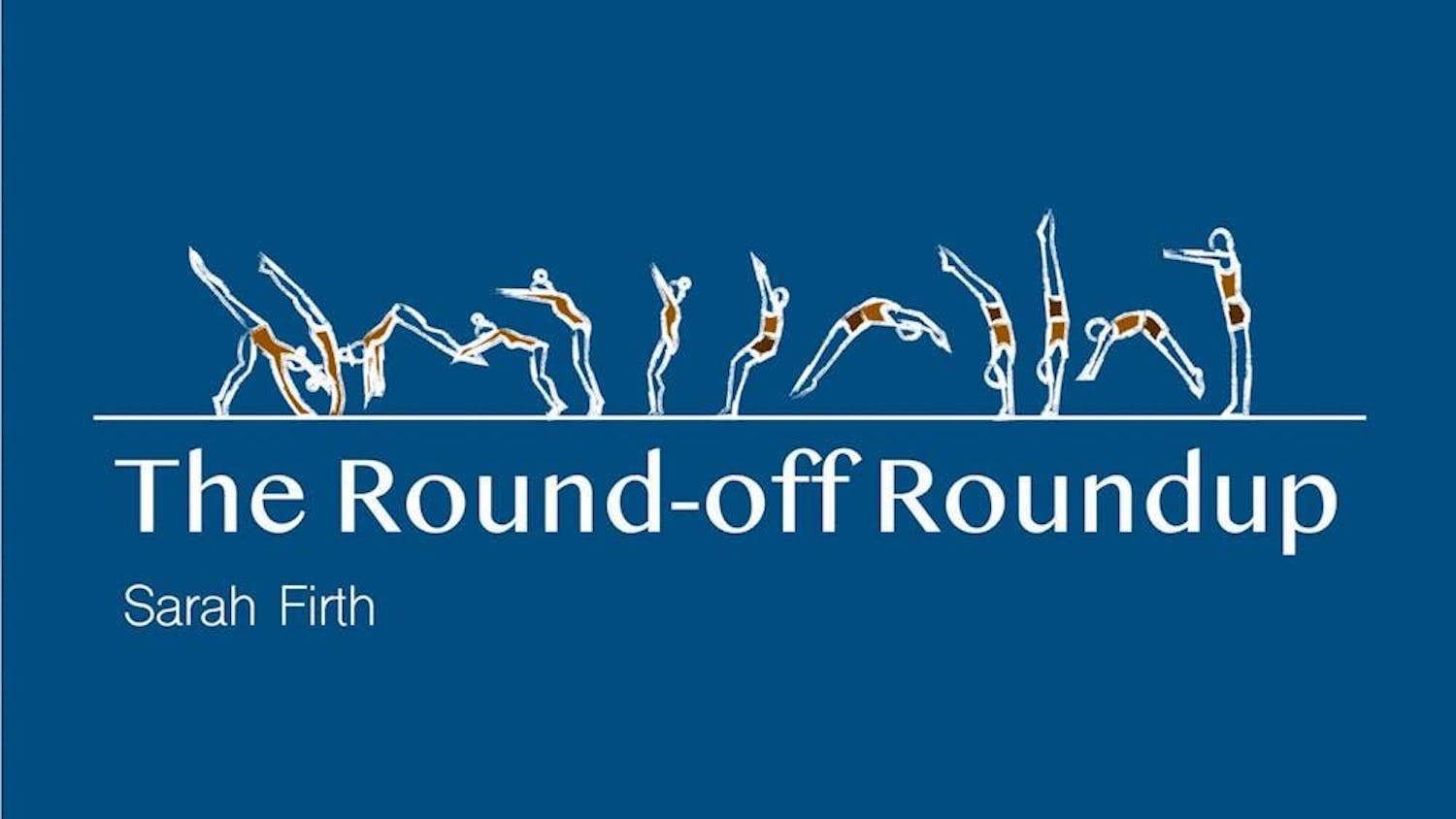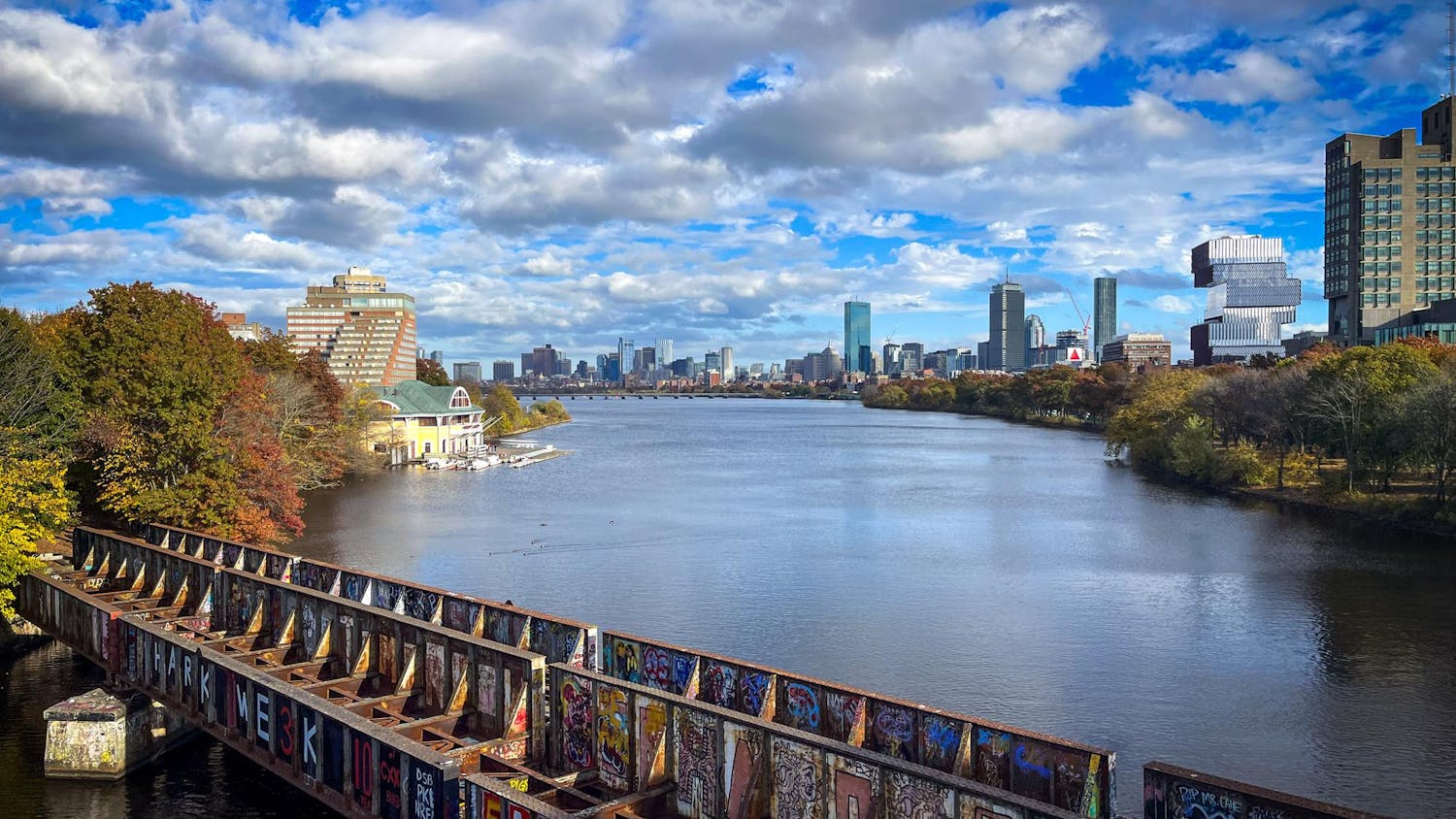After I came out to my parents, I cut my hair. I went from below the shoulders to a shaggy pixie cut. I wanted to look gay. I wanted people to see me as a queer person because it was something I had denied myself for a long time for fear of people finding out. It wasn’t so much that my personality had radically changed, but I felt more open than in the past because the people who I had feared would reject me actually accepted me. I changed my appearance because I was tired of people being surprised when I told them that I liked other women. I thought that looking queer would change that.
When we talk about stereotypes, we generally conclude that assuming people are queer because of stereotypes is a bad thing. This promotes assumptions about queer people that straight people usually use as a method of 'othering' them. However, this doesn’t mean that all stereotypes are untrue or that the way people dress never has anything to do with their orientation.
Often, stereotypes such as “queer women wear flannel” are embraced as a self-marker. I do that. I wear flannels and I dyed my hair in the hopes that people would notice. I also happen to think flannels are comfortable and like the way I look with short hair. Maybe someday it won’t be necessary for queer people to attempt to flag themselves as queer. On that day, it will also be unnecessary for other queer people to avoid dressing in stereotypical ways that may suit their personalities more for fear of being discovered as queer. But that day will only come when straightness is not assumed to be the default sexuality. I dress more 'queerly' both because being assumed straight is invalidating and because I like it.
It is important to note as well that not all queer-identifying people dress stereotypically. This is where the idea of stereotypes can be harmful. Queer people have all different personalities and senses of style. An individual can identify as a lesbian but dress as femininely as they want. Dresses and makeup do not invalidate a person’s queerness. And just because your 'gaydar' doesn’t pick up all queer people doesn’t mean that they aren’t queer.
Stereotypes come about for a reason. People may choose to subscribe to those stereotypes to be seen in those ways, or they may not because they aren't the right fit for them. Both ways of being queer are valid; if you can’t believe that someone adheres to a certain identity because they don't look it, then you should reconsider why you think all queer people must present themselves a certain way.
Stop putting people in boxes based on a few identifying markers and let them put themselves in boxes, or not, depending on what they feel to be true. Appearance does not correlate to sexuality or gender, but people can use it to identify how they feel.
More from The Tufts Daily





